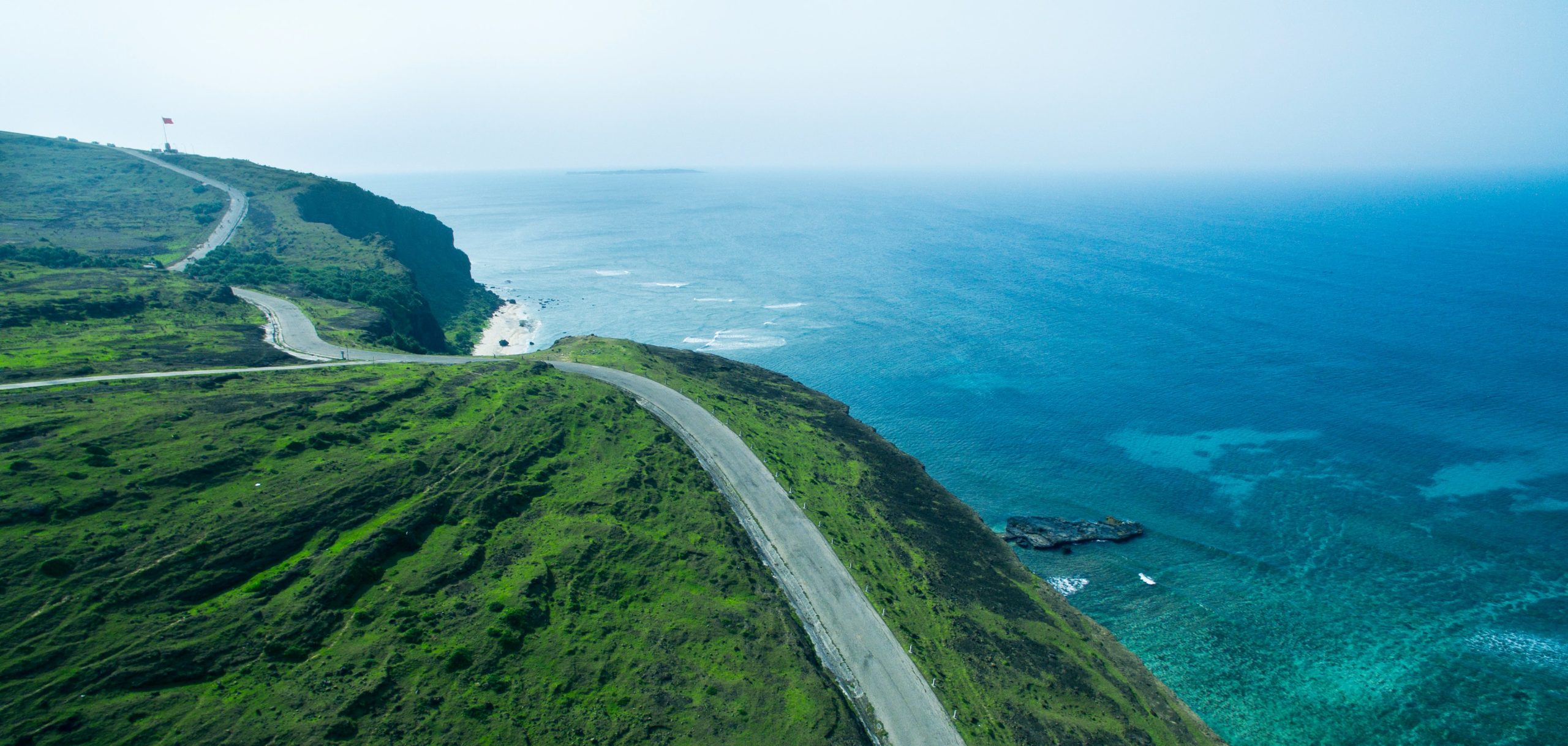50 SE Asia: Political Geography II – The US, China, and SE Asia
 The United States and SE Asia
The United States and SE Asia
For many years, the United States was deeply involved in the internal affairs Southeast Asian countries, particularly during the Cold War. The Philippines is a former American colony, and after it gained independence, the United States was a staunch ally of its anticommunist governments, including that of Ferdinand Marcos, a dictator who ruled the country for two decades. The Philippines was also home to Clark Air Base and the Subic Bay Naval Station, two of the largest overseas American military installations during the Cold War. The United States also aided Thailand in its battle against communist insurgents, and helped to orchestrate the military coup that brought anticommunist dictator Suharto to power in Indonesia. He would rule the country, with American support, for three decades. And, of course, the United States fought a long and devastating war in Vietnam, a conflict that spilled into neighboring Laos and Cambodia.
Toward the end of the Cold War, the United States, less fearful of Soviet intervention in Southeast Asia, scaled back its military influence in the region. Both Suharto and Marcos were forced from power, and Clark Air Base and Subic Bay were handed over to Philippine control. Most of the governments in the region welcomed this change, as American influence was long perceived as a threat to political sovereignty in the region. In the 21st century, however, many governments have sought to renew closer ties with the U.S. in order to counterbalance the growing influence of another foreign power – China.
China and Maritime Claims
Much of the geopolitical tension with China revolves around contested claims to the South China Sea and Spratly Islands. Off the coast of every country lies a maritime zone that is considered the sovereign territory of that country. The general standard is fourteen miles from the low-tide mark of a country’s shoreline. All sailing vessels, both commercial and military, are not allowed into the territorial waters of another country without permission. They are also, of course, prohibited from exploiting natural resources, such as fish or petroleum, in another country’s territorial waters. Outside of territorial waters are open seas, which belong to no country, and which can be utilized by any country.
In some cases, however, countries will extend their maritime claims well beyond the fourteen-mile limit, to establish security zones, to claim reefs and islands, or to declare exclusive rights to natural resources. That is the case in the South China Sea. Taiwan, the Philippines, Malaysia, Brunei, and Vietnam all have made special claims to areas within the South China Sea, while China has claimed practically all of it. Many of these maritime claims overlap, and have created disputes over the Spratly Islands, a series of reefs and small, uninhabited islands.

Photo by Phan Hoang Phe on Unsplash.
Since 2010, China has significantly increased its naval presence in the South China Sea. It has also constructed oil drilling platforms in waters claimed by Vietnam. There have been a number of maritime incidents, including occasions when Chinese ships rammed and sank Vietnamese fishing vessels. But China’s most controversial activity has been the construction of naval stations and air strips on the Spratly Islands, including on artificial islands that China has built on top of natural reefs. In response, the United States has increased its naval patrols in the region, including missions into waters declared off-limits by China. This has increased the likelihood of Chinese and American warships coming into conflict with one another, but the U.S. claims that such “freedom of navigation” missions are necessary to maintain international access to shipping lanes, as well as the territorial integrity of Southeast Asian nations.
A Renewed American Role
Many of the region’s countries appear to agree with the United States. Singapore, which has long sought to remain neutral in disputes between the U.S. and China, has recently allowed American military aircraft to operate from its airfields. In 2014, the Philippines allowed the United States to reestablish a military presence in its territory. While the former American bases remain under the jurisdiction the Filipino government, the U.S. military has constructed new facilities there.
Perhaps the most intriguing development has been the changing relationship between the United States and Vietnam. The communist governments of China and Vietnam are ideological allies, and no one in Vietnam or the United States will soon forget the carnage of the Vietnam War. Nevertheless, Vietnam has had territorial disputes with China before – the two countries fought a border war as recently as the 1970s – and Vietnam is now looking to the U.S. to balance the growing influence of China in the region. In 2016, the United States lifted its long-standing ban on weapons sales to Vietnam, and Vietnam has since purchased more than $30 million worth of military equipment from the United States. In 2018, the USS Carl Vinson, an American aircraft carrier, made a port of call at a Vietnamese naval base. It was the first American warship to dock in Vietnam since the fall of Saigon, and the event marked a significant turning point in the relationship between the two former adversaries.
Did you know?
My Turn!
CITED AND ADDITIONAL BIBLIOGRAPHY:
Lighthouses of the Spratly Islands. https://www.ibiblio.org/lighthouse/spr.htm.

